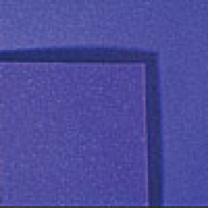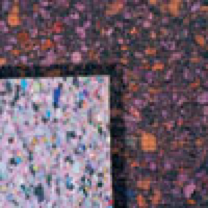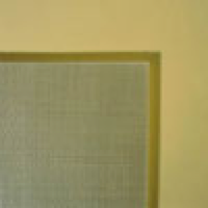Carpet Padding
How to Choose the Right Padding
There are three basic types of cushion:
● FOAM - Polyurethane Foam
● RUBBER - Sponge Rubber
● FIBER - Felted Fiber
Each type of Carpet Padding is further subdivided into two or three varieties. All varieties have characteristics that make it useful in particular types of carpet installation. Every variety also has grades, which vary by weight (also called density), thickness, and the amount of force it takes to compress the cushion. Density is one of the most important parameters of any type of cushion. Density equals weight divided by the thickness and is measured in pounds per cubic foot. All types of cushion can be made dense (more material), or light (more air), or any grade in between, so they can be soft or firm, resilient, or supportive, according to the type of room and expected traffic on the carpet they support.
FOAM
Generally speaking, foam cushion comes in three recognized, clearly different varieties:


Bonded polyurethane foam (sometimes called rebond) is quite unique. You cannot mistake it when you see it, because it is formed by combining chopped and shredded pieces of foam, in different sizes and usually different colors, into one solid piece. It frequently has a surface net for ease of installation and improved performance. Bonded foam is one of the most amazing recycling projects of all time. Nearly all the scrap foam in the U.S., and some from other countries as well, is utilized to make a bonded cushion. This recycles waste, which would otherwise be thrown out, and it eases the strain on our landfills. Moreover, bonded foam is recyclable.

